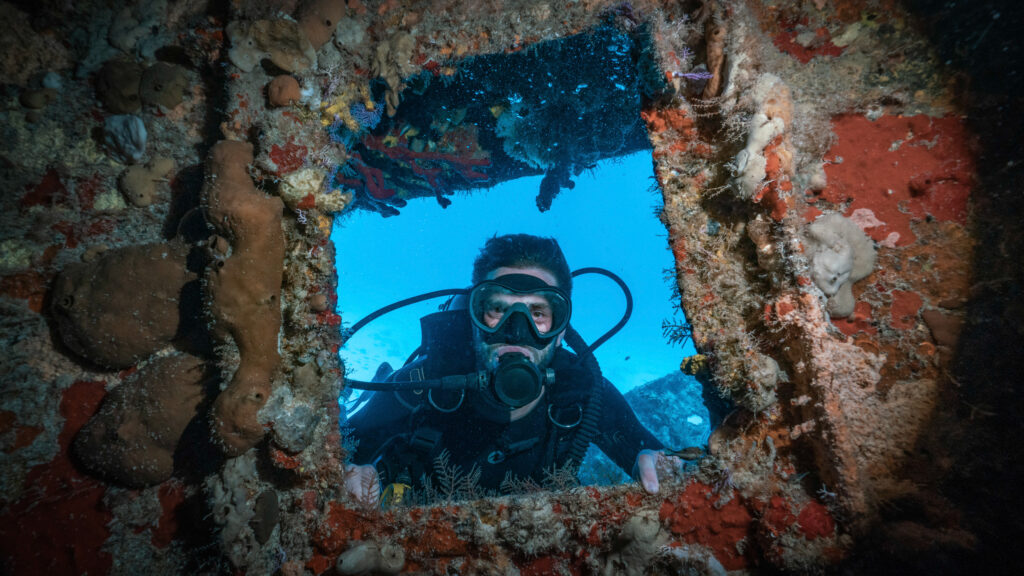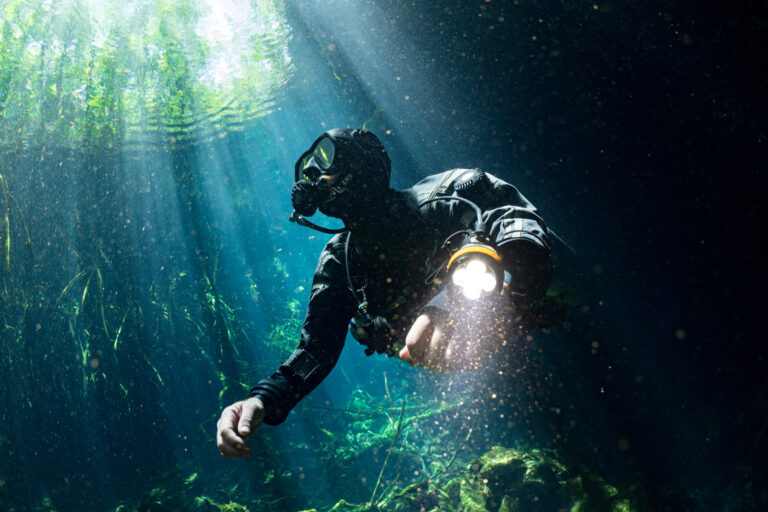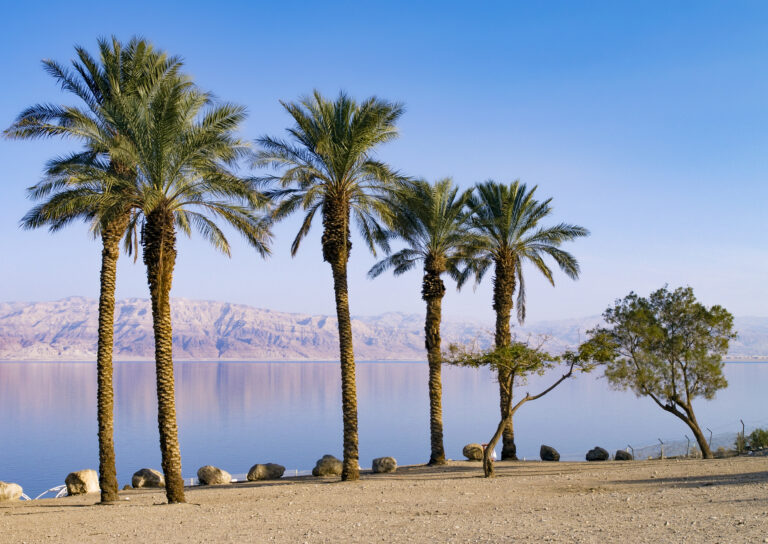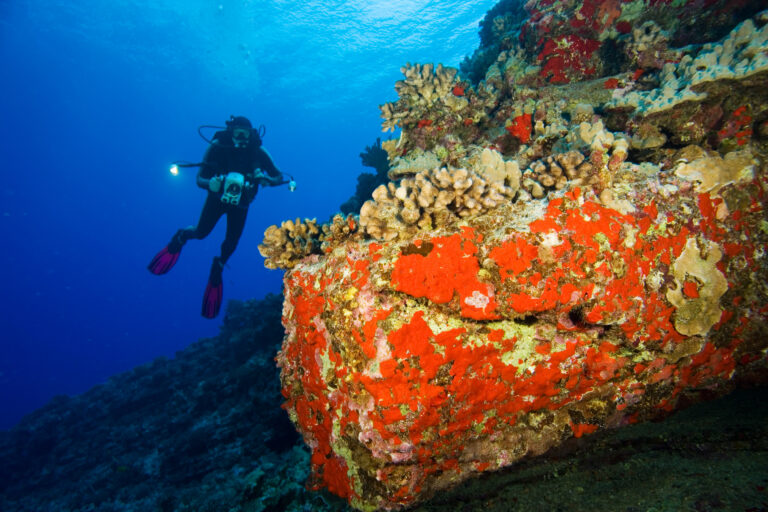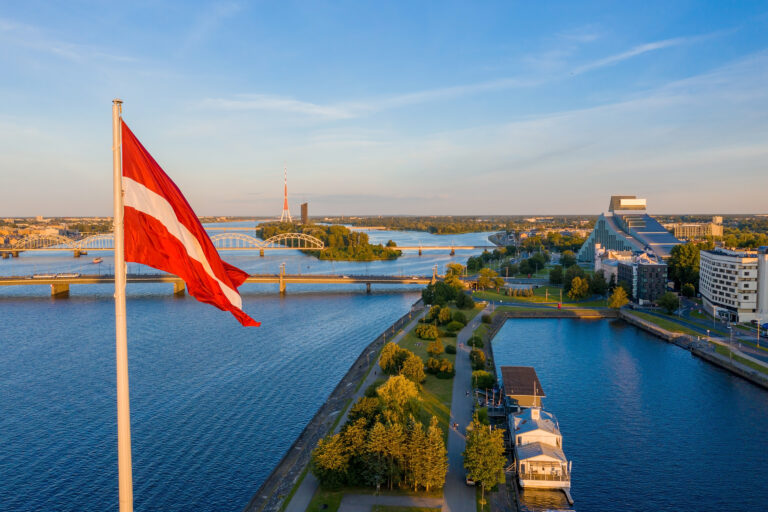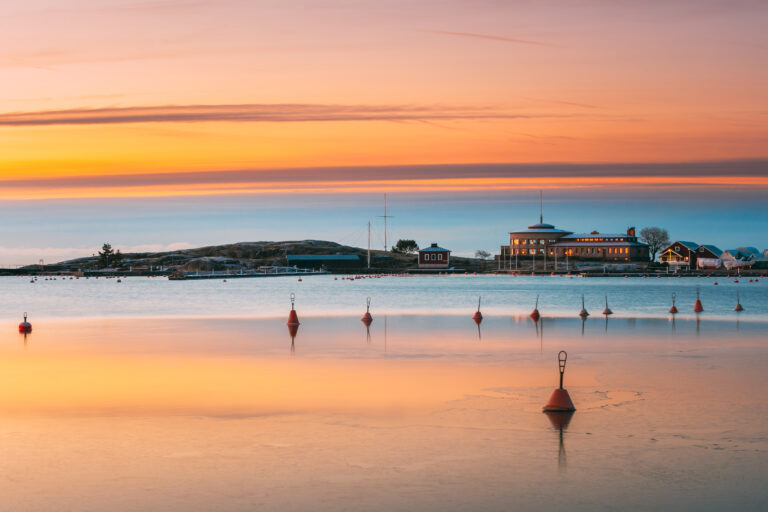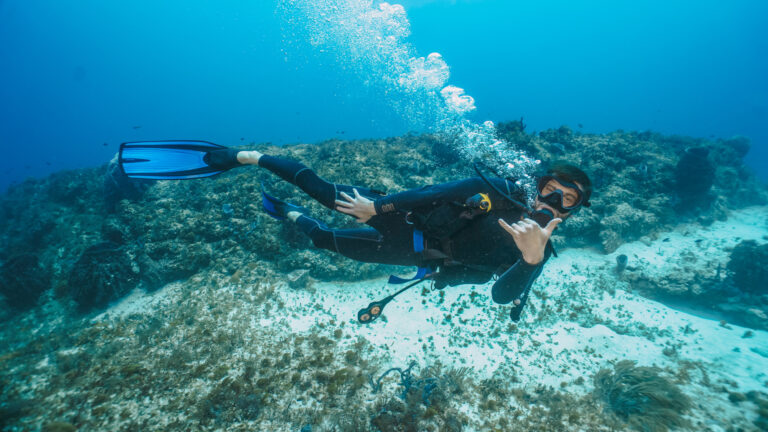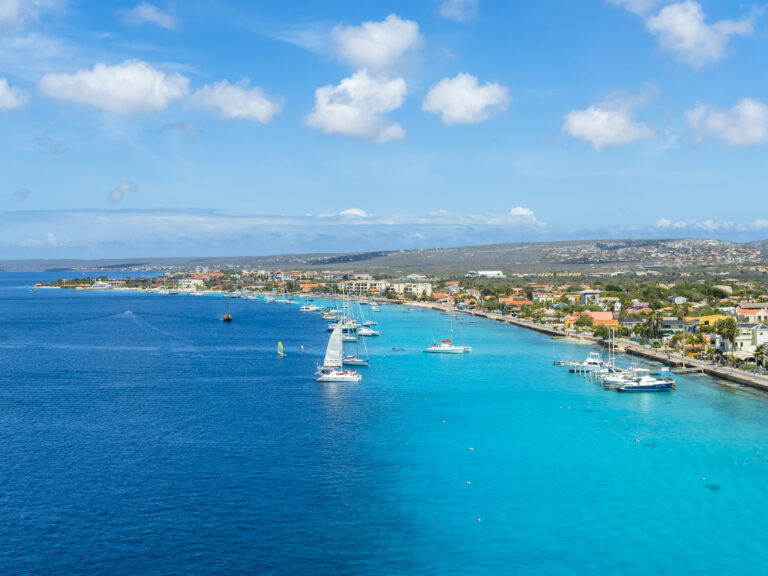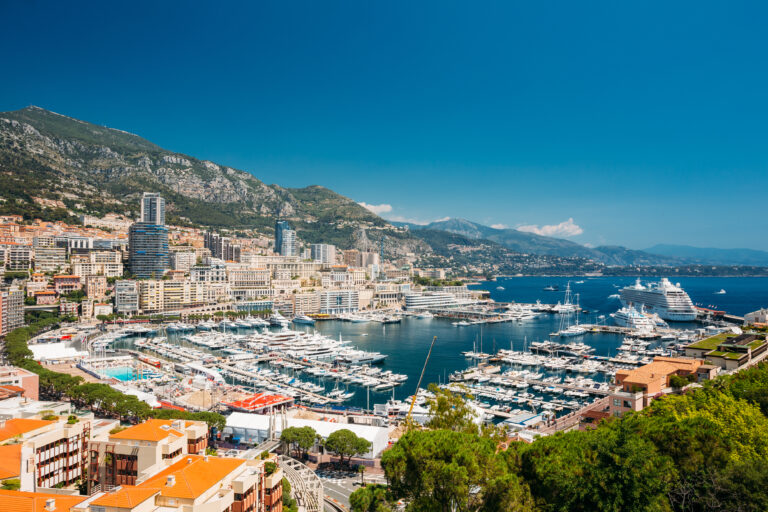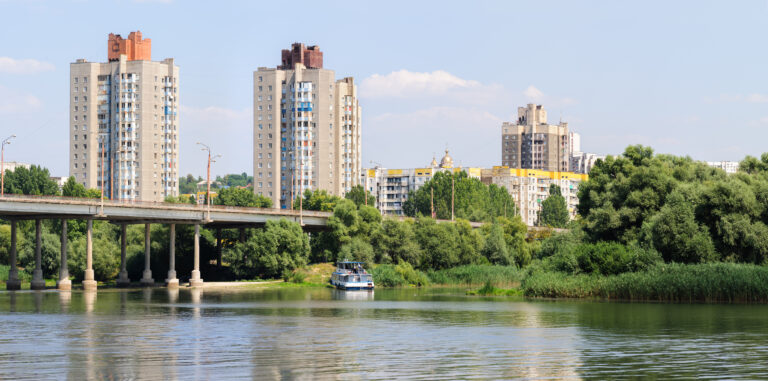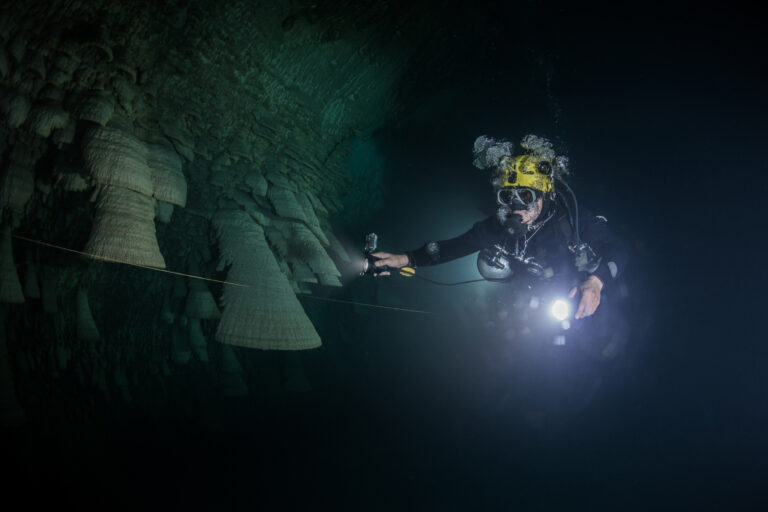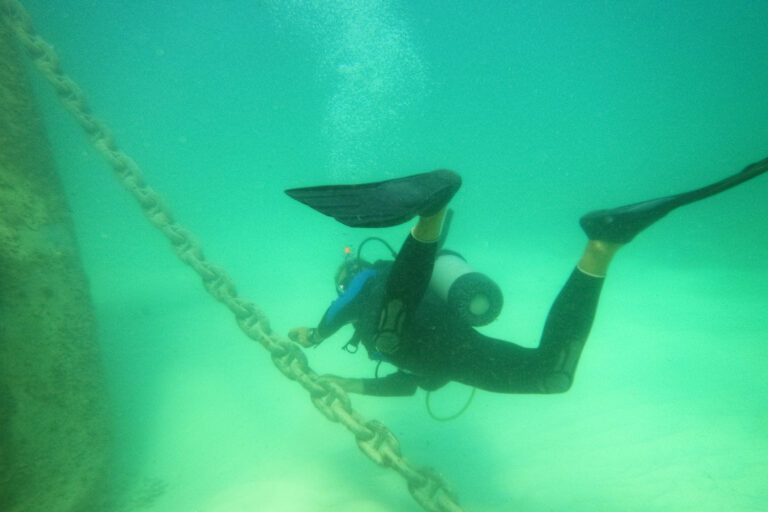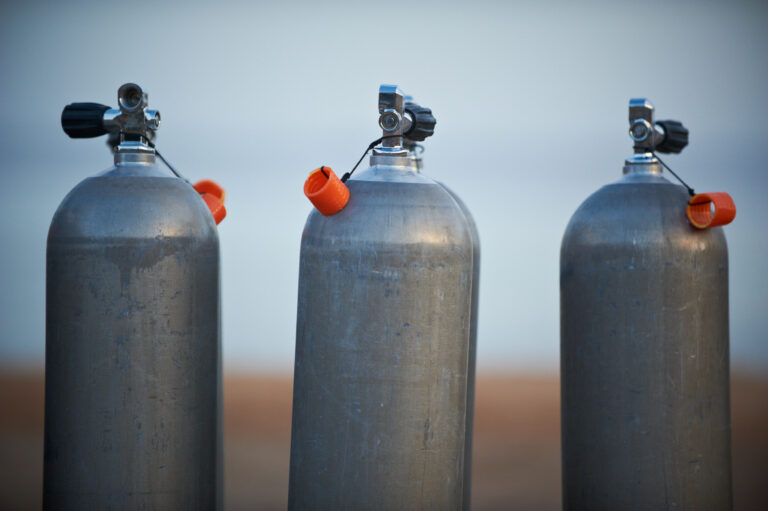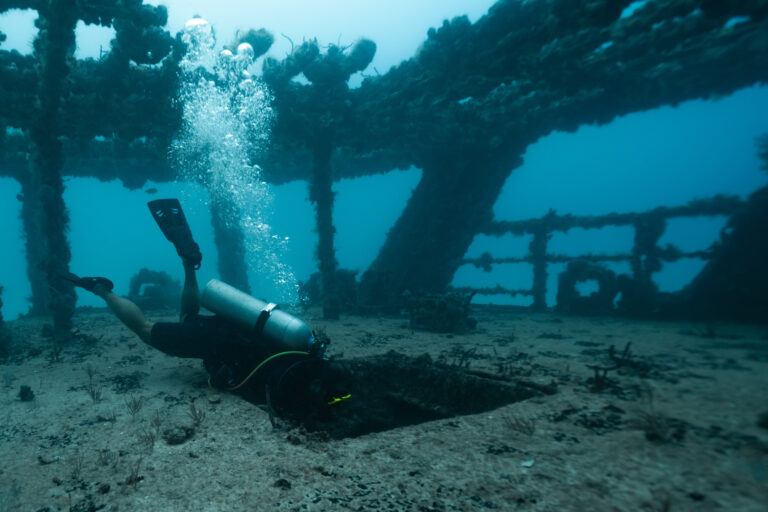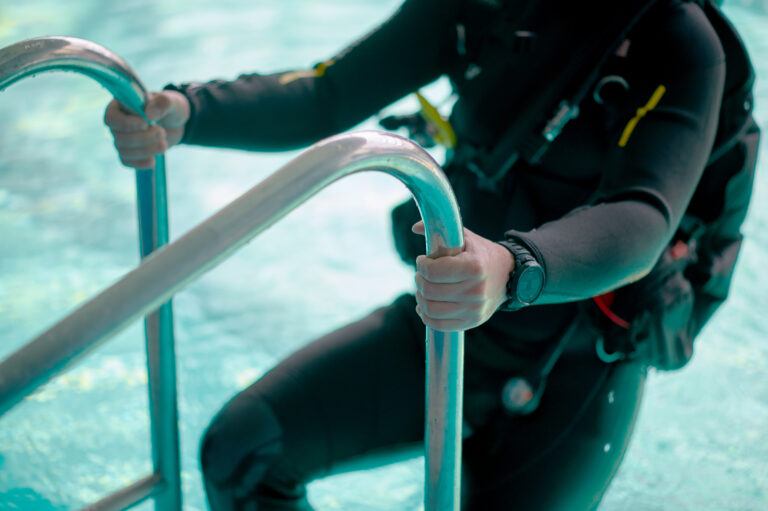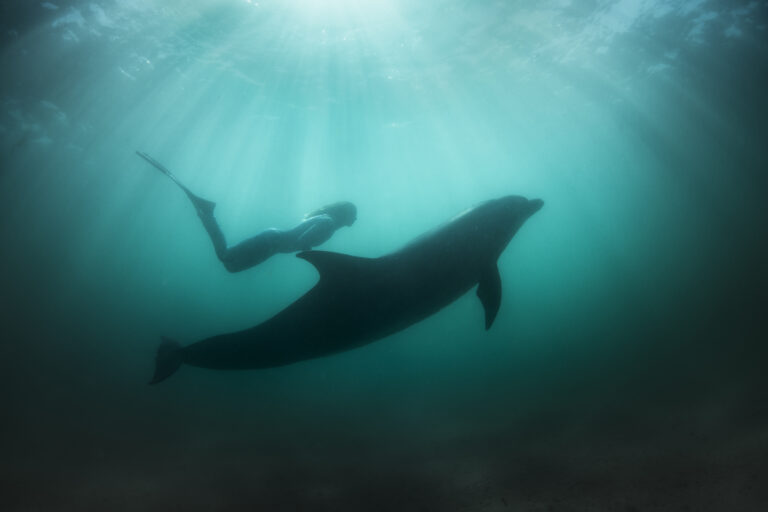Scuba Divers’ Travel Guide to Pitcairn Islands
The Pitcairn Islands, a remote British territory in the South Pacific, offer scuba divers a unique and untouched underwater paradise. The islands’ clear, warm waters are home to vibrant coral reefs, diverse fish species, and unique marine life. The remote location ensures that the dive sites remain pristine and relatively undiscovered. The islands’ rich history and natural beauty add to the allure for scuba travelers. For those seeking a serene and unspoiled diving destination, the Pitcairn Islands promise a captivating and memorable underwater adventure.
Location and Geography
Nestled in the heart of the South Pacific Ocean, the remote Pitcairn Islands are a scuba diving gem steeped in both history and underwater allure. This small group of four volcanic islands—Pitcairn, Henderson, Ducie, and Oeno—is a British Overseas Territory located nearly halfway between New Zealand and Peru. Pitcairn, the only inhabited island, serves as the epicenter for adventurers seeking to explore the pristine marine environments that surround these islands. The geography of the islands is characterized by rugged cliffs and rocky shores, which give way to a vibrant underwater topography of dramatic drop-offs, caverns, and coral reefs. The isolation of the Pitcairn Islands has fostered the development of a unique and biodiverse marine ecosystem, with many species found nowhere else on Earth, making it an exclusive destination for divers in search of untouched aquatic landscapes and a true sense of exploration.
Visa and Entry Requirements
Travelers eager to explore the underwater wonders of the Pitcairn Islands should be aware of the specific visa and entry requirements for this remote destination. As a British Overseas Territory, Pitcairn has unique entry policies. Visitors usually do not require a visa for stays of up to 14 days, but all visitors must obtain a pre-arrival entry clearance from the Pitcairn Islands Immigration Office. This clearance is essential and should be arranged well in advance due to the islands’ isolated location. Additionally, since access to the islands is typically by chartered vessel, with only a handful of scheduled trips each year, travelers must coordinate their visit with the shipping schedule and secure a spot on the supply ship, which also requires advance booking. It’s crucial to have a return ticket and proof of sufficient funds for your stay, as there are no ATMs or banking facilities on the island. Always check the latest travel advice and entry requirements before planning your trip, as policies can change.
Getting to Pitcairn Islands
Getting to the remote Pitcairn Islands, a scuba diver’s paradise located in the South Pacific Ocean, is an adventure in itself, as the islands are some of the most isolated in the world. The only way to reach this British Overseas Territory is by sea, as there is no airport on the islands. Travelers typically fly to Tahiti in French Polynesia and then catch a connecting flight to Mangareva in the Gambier Islands. From there, the final leg of the journey is aboard a chartered yacht or the quarterly scheduled supply ship, the MV Silver Supporter, which takes approximately 32 hours to cover the 540 kilometers to Pitcairn. This voyage requires careful planning and coordination with the Pitcairn Islands Office, as spaces are limited and the ship’s schedule is infrequent. Once you arrive, the pristine waters and untouched coral reefs will make the lengthy journey worthwhile, offering an exclusive and unparalleled diving experience.
Best Time to Dive
Getting to the remote Pitcairn Islands, a scuba diver’s paradise located in the South Pacific Ocean, is an adventure in itself, as the islands are some of the most isolated in the world. The only way to reach this British Overseas Territory is by sea, as there is no airport on the islands. Travelers typically fly to Tahiti in French Polynesia and then catch a connecting flight to Mangareva in the Gambier Islands. From there, the final leg of the journey is aboard a chartered yacht or the quarterly scheduled supply ship, the MV Silver Supporter, which takes approximately 32 hours to cover the 540 kilometers to Pitcairn. This voyage requires careful planning and coordination with the Pitcairn Islands Office, as spaces are limited and the ship’s schedule is infrequent. Once you arrive, the pristine waters and untouched coral reefs will make the lengthy journey worthwhile, offering an exclusive and unparalleled diving experience.
Accommodation Options
Accommodation options on the remote Pitcairn Islands, a scuba diver’s paradise in the South Pacific, are limited but imbued with a sense of adventure and community spirit. Visitors to these rugged volcanic islands, famous as the refuge of the Bounty mutineers, can immerse themselves in the local culture by staying with resident families through the island’s homestay program. These homestays provide a unique opportunity to experience Pitcairn hospitality, with comfortable, basic lodging and home-cooked meals, often featuring fresh seafood and local produce. For those seeking a more independent stay, there are a few self-catering options available, which allow divers to set their own pace while exploring the island’s pristine waters and rich marine life. Given the limited number of accommodations and the need to preserve the delicate ecosystem, it’s essential to plan well in advance and be prepared for a truly off-the-beaten-path experience that prioritizes sustainability and personal connections over luxury.
Dive Operators and Dive Shops
In the remote and pristine waters of the Pitcairn Islands, a diving adventure promises an exclusive and intimate experience with the underwater world. Due to the islands’ isolated location in the South Pacific, dive operators and shops are limited, with the primary source being the Pitcairn Islands Tourism, which offers carefully curated diving excursions. These excursions are typically arranged in advance and are subject to the island’s strict environmental policies and weather conditions. Divers can expect personalized service, as the local guides possess an intimate knowledge of the best dive sites, including the legendary Bounty Bay and the coral-encrusted underwater cliffs of Ducie Atoll. Equipment rental options may be available, but divers are encouraged to bring their own gear to ensure the best fit and comfort. With the islands’ commitment to conservation, divers are guaranteed an eco-conscious dive experience, exploring some of the most untouched and vibrant marine ecosystems on the planet.
Transportation within Pitcairn Islands
Transportation within the remote Pitcairn Islands, a scuba diver’s paradise in the South Pacific, is as unique as the destination itself. With no airports on the main island of Pitcairn and access primarily by sea, divers typically arrive via the quarterly supply ship, the MV Silver Supporter, which embarks from New Zealand on a journey that can take up to 10 days. Once on the island, the primary means of transport is by quad bike or on foot, as there are no paved roads. For underwater explorers eager to dive into the pristine waters, local boats are the lifeline to the various dive sites around the island and its neighbors, including Ducie, Oeno, and Henderson islands. These small vessels, operated by the islanders, offer personalized trips to the untouched reefs and shipwrecks, ensuring an intimate and eco-conscious diving experience in one of the world’s most secluded underwater havens.
Currency and Payment Methods
When planning a scuba diving trip to the remote Pitcairn Islands, it’s essential to understand the currency and payment methods available. The official currency is the New Zealand Dollar (NZD), which is used across all four islands. However, due to the islands’ isolation and small population, banking facilities are extremely limited, and there are no ATMs. Visitors should ensure they bring sufficient cash for the duration of their stay. Credit card acceptance is not widespread, but some accommodations and services may accept them with a surcharge. It’s advisable to confirm payment options with service providers before arrival. For any transactions, particularly for bespoke diving experiences, it’s recommended to arrange payment in advance or confirm that your hosts can process electronic transfers, as internet connectivity does permit online transactions, albeit at slower speeds. Always have a small amount of cash on hand for small purchases and gratuities, keeping in mind that the economy is largely cash-based and relies on the honesty box system for smaller transactions.
Language and Communication
Language and communication are key considerations when planning a scuba diving trip to the remote Pitcairn Islands, a British Overseas Territory in the South Pacific. English is the official language spoken by the small local population, which descends from the mutineers of the Bounty and their Tahitian companions. This ensures that English-speaking divers will have no trouble conversing with the locals, dive operators, and guides. However, given the islands’ isolation and the limited number of inhabitants, it’s important to arrange your diving excursions well in advance, as there are few operators and resources can be scarce. Satellite communication is available for emergencies, but be prepared for limited internet connectivity. Embrace the opportunity to disconnect and fully immerse yourself in the stunning underwater landscapes and the warm, welcoming community of Pitcairn Island.
Local Culture and Attractions
The remote Pitcairn Islands, a tiny archipelago in the South Pacific, are steeped in a rich cultural tapestry woven from the legendary tale of the HMS Bounty mutineers and their Tahitian companions who settled here in the late 18th century. Visitors to these rugged volcanic islands can immerse themselves in the unique local culture by engaging with the small, welcoming community of Pitcairn Islanders, whose customs, language, and crafts reflect a blend of Polynesian and European heritage. The island’s only settlement, Adamstown, offers a glimpse into their simple, self-sufficient lifestyle, with opportunities to purchase exquisite woodcarvings, woven baskets, and the famous Pitcairn Island honey. Beyond the cultural allure, the islands boast natural attractions such as the pristine Bounty Bay, where the wreck of the Bounty lies submerged, and the dramatic cliffs of St. Paul’s Pool, a natural swimming hole. Hiking trails reveal the lush beauty of the island’s interior, while the untamed coastline, with its clear waters and abundant marine life, beckons divers to explore one of the world’s most secluded underwater paradises.
Cultural Etiquette and Tips
When planning a scuba diving trip to the remote and enchanting Pitcairn Islands, it’s essential to approach the local culture with respect and sensitivity. The Pitcairn community, primarily descendants of the Bounty mutineers and their Tahitian companions, is small and tightly-knit, with a population of around 50 people. Visitors should be aware that the islanders value their privacy and way of life, so it’s important to ask for permission before taking photographs of residents or their homes. As a sign of respect, greet locals with a friendly ‘hello’ and a smile, and take the time to engage in conversation if they show interest. When diving, be mindful of the environment; the waters around Pitcairn are pristine and the community takes pride in their conservation efforts. Ensure that you do not touch or take any marine life, and follow all guidelines provided by your dive operators, who will often be locals invested in preserving their natural heritage. Lastly, as the island has limited resources, be prepared to be self-sufficient and take any waste back with you to minimize your impact on this unique and isolated paradise.
Local Laws and Regulations Relevant to Tourists
Before embarking on a scuba diving adventure in the remote and pristine waters of the Pitcairn Islands, it is crucial for tourists to familiarize themselves with the local laws and regulations designed to protect this unique ecosystem. The Pitcairn Islands Marine Reserve, one of the world’s largest, is a no-take zone where all forms of fishing are prohibited, ensuring the conservation of marine life. Divers must obtain a diving permit from the local government, and all diving activities are subject to the regulations set forth by the Pitcairn Islands Marine Reserve Management Plan. It is also important to respect the cultural heritage of the islands; removal of any artifacts or natural objects is strictly forbidden. Additionally, divers should be aware that the introduction of non-native species is a serious concern, so gear must be clean and free of foreign biological material before entering the waters. Compliance with these regulations not only contributes to the sustainability of the islands’ marine biodiversity but also ensures a safe and lawful diving experience in this remote paradise.
Safety Tips and Emergency Contacts
When planning a scuba diving trip to the remote Pitcairn Islands, safety should be your paramount concern due to the islands’ isolation in the South Pacific. Before embarking on your underwater adventure, ensure that you are well-trained and familiar with deep-sea diving protocols, as the nearest decompression chamber is thousands of miles away in New Zealand. Always dive with a buddy and within the limits of your certification level. It is crucial to have a comprehensive dive plan, including a check on weather conditions and a clear understanding of local currents and topography. Carry a reliable means of communication, such as a satellite phone, since cellular service is non-existent. In case of an emergency, contact the local authorities immediately; the Pitcairn Islands’ Police Officer can be reached at +870 762 888 888. Additionally, the island has a medical officer and a small clinic, but for serious incidents, evacuation by sea or air may be necessary, which can be significantly delayed due to the islands’ remoteness. Therefore, it is highly recommended to have travel insurance that covers medical evacuation and hyperbaric treatment. Always dive with a reputable operator who knows the area and has emergency protocols in place. Remember, the key to a safe and enjoyable dive trip to the Pitcairn Islands is meticulous preparation and a cautious approach.
Health and Travel Insurance
When planning a scuba diving trip to the remote and enchanting Pitcairn Islands, it is crucial to prioritize health and travel insurance. Given the islands’ isolated location in the South Pacific, medical facilities are extremely limited, and a medical evacuation, should it become necessary, can be extraordinarily expensive and logistically complex. Ensure that your travel insurance policy includes comprehensive coverage for scuba diving activities, as well as provisions for hyperbaric treatment and emergency evacuation. It is also advisable to have a thorough medical check-up before departure, as the nearest decompression chambers and advanced medical care are located in New Zealand or French Polynesia, which are several hours away by air. By securing the right insurance, divers can explore the underwater wonders of the Pitcairn Islands with peace of mind, knowing they are prepared for any health-related contingencies.

